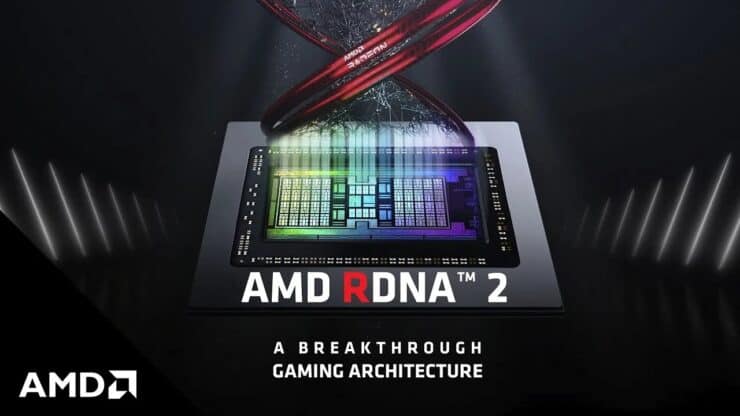
Details regarding AMD’s raytracing support for its Radeon RX 6000 RDNA 2 based graphics cards have been unearthed by AdoredTV. There was recently some discussion regarding how will AMD implement its own raytracing features in gaming titles and it looks like AMD’s gaming GPUs will already have full support in titles that are based on Microsoft’s DXR or Vulkan Raytracing APIs.
AMD Announces Raytracing Support For Radeon RX 6000 RDNA 2 Graphics Cards In All Microsoft DXR & Vulkan Raytracing APIs Based Games
AMD clarified that their Radeon RX 6000 RDNA 2 graphics cards will feature full raytracing support in gaming titles that use industry-based standards. According to AMD, they will allow full raytracing support in games that are based on Microsoft’s DXR and Vulkan Raytracing APIs and there are a lot of titles that already do that.
AMD will support all ray tracing titles using industry-based standards, including the Microsoft DXR API and the upcoming Vulkan raytracing API. Games making of use of proprietary raytracing APIs and extensions will not be supported.
AMD Marketing via AdoredTV
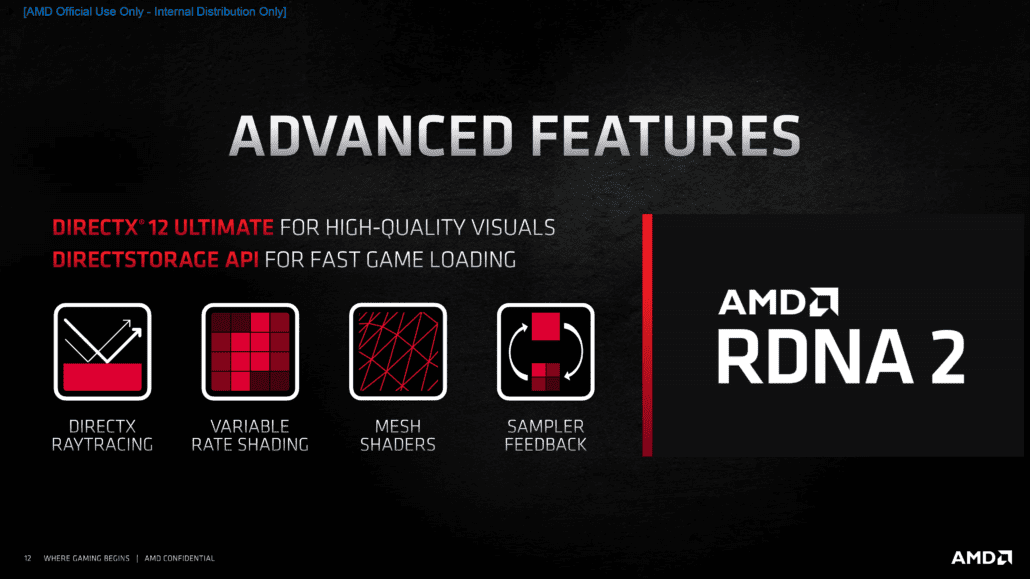
For starters, there are only a handful of titles that are locked behind NVIDIA’s RTX implementation and therefore, regarded as a proprietary standard. Major game engines such as Frostbite, Unreal, Seed & Unity are based on Microsoft’s DXR APIs. Vulkan Raytracing is also implemented in Id tech’s new engines for its next-generation title however, currently, they are only supported for RTX GPUs.
There is a big possibility that developers who have their games based on industry-standard APIs for raytracing will at some point enable support for AMD’s Radeon RX 6000 RDNA 2 graphics cards but that remains to be seen. We could also see a drastic difference between NVIDIA’s RTX & AMD’s own raytracing implementation in the same titles too. Following is a list of all the games available that are based on Microsoft’s DXR API:
- Battlefield V
- Call of Duty: Modern Warfare
- Control
- Deliver Us The Moon
- Dirt 5
- Fortnite
- Metro Exodus
- Shadow of The Tomb Raider
- Wolfenstein Youngblood
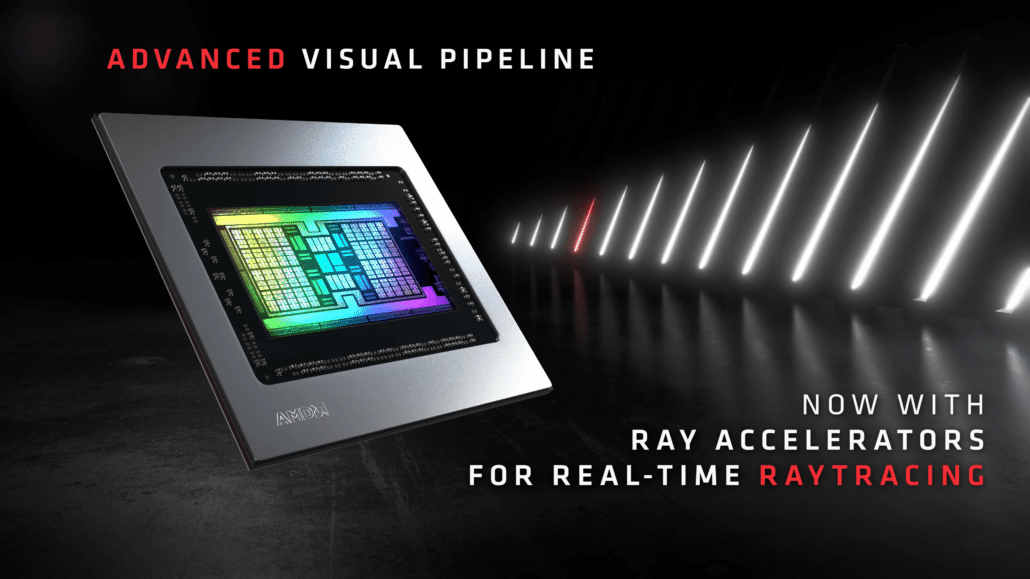
We recently got to see some impressive raytracing performance numbers of the Radeon RX 6800 series graphics card which shows that AMD might just have a strong RT solution of their own. AMD still lacks behind NVIDIA when DLSS is enabled however, AMD is also working on its own DLSS solution under the Microsoft DirectML banner. It will definitely be interesting to see how well the AMD RA (Ray Accelerator) cores compare against NVIDIA’s RT cores.
We are always looking to help developers with new initiatives and we are already working on a super-resolution feature to give gamers an option for more performance when using ray tracing.
Scott Herkelman – AMD
AMD’s Scott Herkelman has already stated that they are currently working on their own super-resolution feature to be implemented along raytracing however as per The Verge, the solution might not be available on the launch of the Radeon RX 6000 series cards.
We can definitely expect more detailed information on raytracing and AI-based super-resolution features for Radeon RX 6000 RDNA 2 based graphics cards in the coming week as promised by AMD’s Chief Architect of Gaming Solutions and Marketing, Frank Azor.
Radeon RX 6000 Series Graphics Cards Pricing & Availability
The Radeon RX 6900 XT graphics cards will be available starting 8th of December. The AMD Radeon RX 6900 XT is said to carry a price tag of $999 US and is expected to be a reference only model for this year unless AMD gives its AIB partners a greenlight for custom variants which may be in the plans. The RX 6800 XT and RX 6800 will be launching in the retail market on 18th November for $649 US and $579 US, respectively.
AMD Radeon RX 6000 Series “RDNA 2” Graphics Card Lineup:
| Graphics Card | AMD Radeon RX 6700 | AMD Radeon RX 6700 XT | AMD Radeon RX 6800 | AMD Radeon RX 6800 XT | AMD Radeon RX 6900 XT |
|---|---|---|---|---|---|
| GPU | Navi 22 (XL?) | Navi 22 (XT?) | Navi 21 XL | Navi 21 XT | Navi 21 XTX |
| Process Node | 7nm | 7nm | 7nm | 7nm | 7nm |
| Transistors | TBA | TBA | 26.8 Billion | 26.8 Billion | 26.8 Billion |
| Compute Units | TBA | 40 | 60 | 72 | 80 |
| Stream Processors | TBA | 2560 | 3840 | 4608 | 5120 |
| TMUs/ROPs | TBA | TBA | 240 / 96 | 288 / 128 | 320 / 128 |
| Game Clock | TBA | TBA | 1815 MHz | 2015 MHz | 2015 MHz |
| Boost Clock | TBA | TBA | 2105 MHz | 2250 MHz | 2250 MHz |
| FP32 TFLOPs | TBA | TBA | 16.17 TFLOPs | 20.74 TFLOPs | 23.04 TFLOPs |
| Memory Size | 12 GB GDDR6 | 12 GB GDDR6 | 16 GB GDDR6 +128 MB Infinity Cache | 16 GB GDDR6 +128 MB Infinity Cache | 16 GB GDDR6 +128 MB Infinity Cache |
| Memory Bus | 192-bit | 192-bit | 256-bit | 256-bit | 256-bit |
| Memory Clock | 14 Gbps? | 16 Gbps? | 16 Gbps | 16 Gbps | 16 Gbps |
| Bandwidth | 320 GB/s | 384 GB/s | 512 GB/s | 512 GB/s | 512 GB/s |
| TDP | TBA | TBA | 250W | 300W | 300W |
| Price | TBA | TBA | $579 US | $649 US | $999 US |

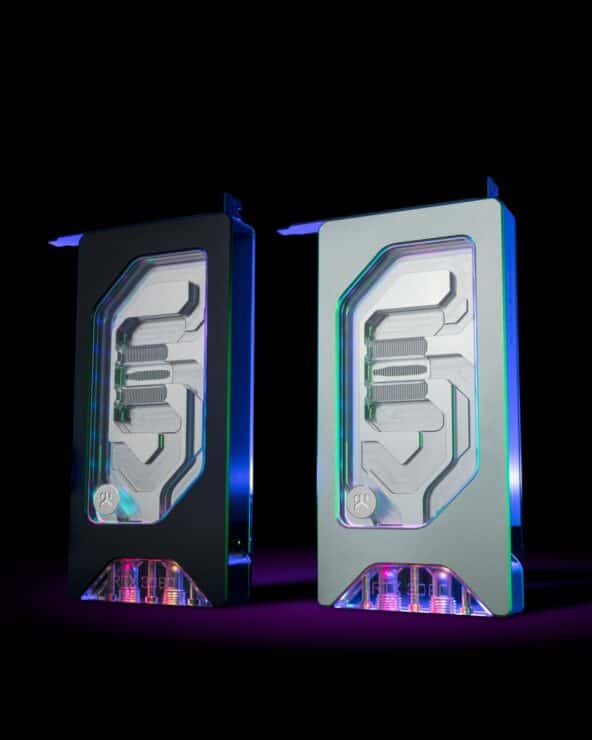


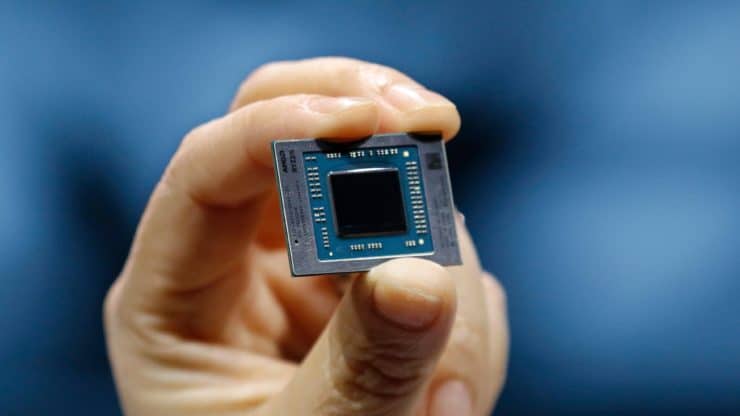
More Stories
EKWB Unveils The Quantum Vector FE RTX 3080 D-RGB – Special Edition Blocks For GeForce RTX 3080 FE Graphics Card
AMD Ryzen 7 5800H 8 Core & 16 Thread Cezanne ‘Zen 3’ High-Performance CPU Shows Up, Early ES Chip With 3.2 GHz Clocks
AMD Ryzen 9 5950X 16 Core Flagship CPU Benchmarked Again, Crushes Intel’s Top Core i9-10980XE 18 Core HEDT Chip